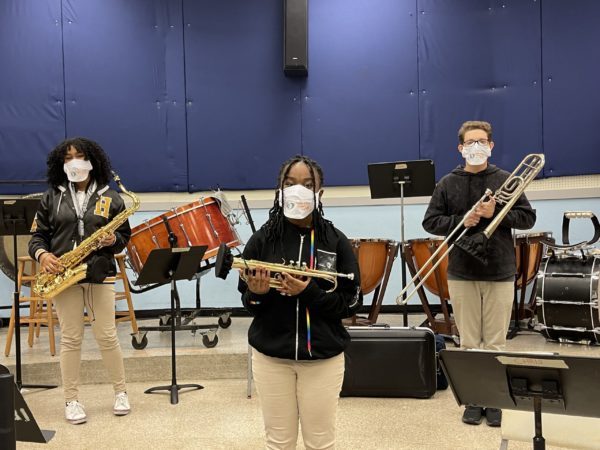In the face of much anxiety and turmoil, school is back.
In a recent Save The Music survey, 89% of our teachers and administrators in our partner communities reported that their district’s plan was for students to be learning in-person.
Teachers are welcoming back students who have been through a very tough time and are understandably anxious about what they’ll face when they come back to the building. Partners overwhelmingly responded that they see their students dealing with stress (81%), anxiety (75%), depression (56%), isolation and loneliness (56%).
In more promising news, despite a history in many places of music being cut when times get tough, schools are also looking to music as a powerful tool in their kit to manage through this difficult transition.
100% of our survey respondents said that K-12 music classes would be taking place during the school day as school resumed.
How are they getting this done? The music education community has learned a lot over the last eighteen months about the science of how students can safely sing and play:
– More than 84% of respondents reported that face coverings were required for both students and teachers
– 59% reported that students in music classrooms needed to be socially distanced
– 43% require bell covers for wind instruments
– 16% are having students play or sing only when outside
At least among our partners, educators realize that students want and need music class as a means to express themselves and work through their feelings of stress and anxiety.
86% of teachers and administrators are including social-emotional learning (SEL) tools and strategies in their music instruction. Key SEL competencies include self and social awareness, self-management, relationship skills, and responsible decision-making. Embedded into music education, SEL imparts skills that will help them confront and navigate life’s complexities long after they leave the music classroom.
And we know from experience that this approach works – 94% of our teachers who responded are seeing positive emotional, behavioral, or academic change in their students after they participate in music class.
For our part, Save The Music is doubling down on school music as we recover and build resilience in communities with our school, music and community partners. We are delivering over 12,000 instruments to over 100 school and community projects nationwide for this school year. In addition, Save The Music is launching a free, nationwide professional development program for music teachers – geared toward recognizing the social and emotional impacts of the pandemic on students and actively building student resilience via the music classroom.
Join us at savethemusic.org.

